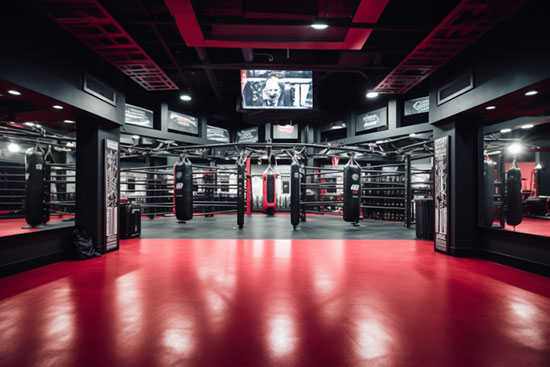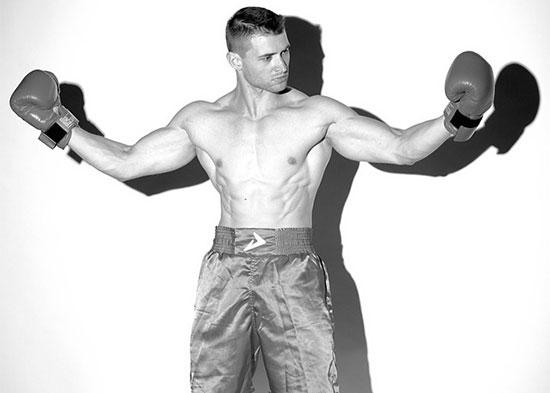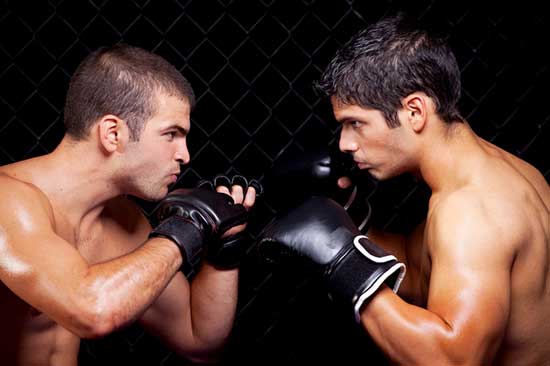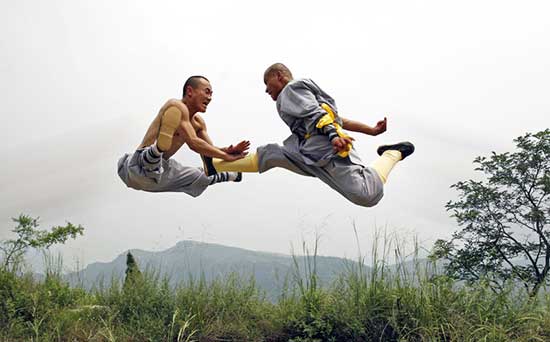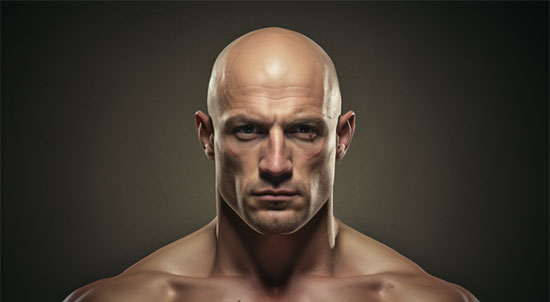The UFC (Ultimate Fighting Championship) has become one of the most popular and exciting combat sports in the world.
As the sport has grown, so have the participants, with several fighters pushing the boundaries of size and strength.
Contents
The Evolution of Size in the UFC
When the UFC first started in 1993, it was a tournament that aimed to determine the most effective martial art. However, as the years went by, the sport evolved, and weight classes were introduced to ensure fairer competition.
These weight classes range from flyweight (up to 125 pounds) to heavyweight (over 205 pounds).
The Importance of Size in the UFC
Size can be a significant advantage in the UFC. The larger the fighter, the more power and reach they generally possess.
However, size can also be a double-edged sword, as it may come with reduced speed and agility. Let’s explore some of the biggest UFC fighters and how their size affects their fighting style.
1. Brock Lesnar: A Superathlete Inside the Octagon
Brock Lesnar, a former professional wrestler, and NFL player, made a massive impact in the UFC during his career.
Standing at 6 feet 3 inches tall and weighing around 265 pounds, Lesnar’s size and strength made him a formidable opponent in the heavyweight division.
He utilized his impressive wrestling background to dominate his opponents with powerful takedowns and ground-and-pound techniques.
2. Alistair Overeem: A Striking Specialist
Alistair Overeem, a Dutch fighter, is known for his incredible physique and devastating striking ability. Standing at 6 feet 4 inches tall and weighing over 240 pounds, Overeem has competed in both the heavyweight and light heavyweight divisions.
His size allows him to generate tremendous knockout power, and his precise striking technique makes him a dangerous opponent for anyone.
3. Stefan Struve: The Skyscraper
Stefan Struve, from the Netherlands, holds the record for being the tallest fighter in UFC history, standing at an astonishing 7 feet tall. Weighing around 265 pounds, Struve’s height gives him a unique advantage in the octagon.
He can use his long limbs to maintain distance and land punishing strikes from afar. This reach advantage allows him to keep his opponents at bay and makes it difficult for them to get close.
4. Anthony Johnson: A Towering Knockout Artist
Anthony Johnson, also known as “Rumble,” is another fighter who dominated in the UFC light heavyweight and heavyweight divisions due to his massive size.
Standing at 6 feet 2 inches tall and weighing over 230 pounds, Johnson possessed incredible knockout power in his punches. His size and striking ability earned him a reputation as one of the most feared knockout artists in the sport.
5. Francis Ngannou: The Scariest Puncher in the UFC
Francis Ngannou, originally from Cameroon, is widely regarded as one of the hardest hitters in UFC history.
Standing at 6 feet 4 inches tall and weighing over 260 pounds, Ngannou’s punches have been recorded as the hardest ever measured in the UFC, with one of his strikes reaching a force equivalent to a 96-horsepower car crash.
His size and power make him a nightmare for his opponents, and he has finished many fights with devastating knockouts.
The Challenges of Being a Big UFC Fighter
While size can be advantageous in the UFC, it also comes with its fair share of challenges. The larger the fighter, the more energy they require to move and the more stamina they need to maintain.
Additionally, bigger fighters may struggle with agility and speed compared to their smaller counterparts. These challenges can impact a fighter’s overall performance and strategy inside the octagon.
Strategies for Success as a Big UFC Fighter
Despite the challenges, many big UFC fighters have found ways to adapt and succeed. Here are some strategies that big fighters use to maximize their advantages:
- Utilizing Reach: Fighters with longer limbs can keep their opponents at a distance, avoiding close-quarters exchanges and utilizing their striking abilities to the fullest.
- Ground Control: Wrestlers with size often use their weight advantage to control their opponents on the ground, implementing effective ground-and-pound techniques or searching for submission opportunities.
- Strength and Power: Big fighters often focus on developing their strength and power, knowing that one well-placed strike can change the outcome of a fight.
- Conditioning: Despite their size, big fighters need to maintain good conditioning to endure longer fights. Working on stamina and cardio becomes crucial to avoid becoming exhausted too quickly.
Conclusion
Size plays a significant role in the UFC and can provide fighters with unique advantages. However, it also presents challenges that fighters must overcome to succeed.
From the towering Stefan Struve to the monstrous punching power of Francis Ngannou, big fighters have left an indelible mark on the UFC.
Through proper training, technique, and strategic adaptations, these fighters have shown how size can be harnessed to become a force to be reckoned with inside the octagon.
